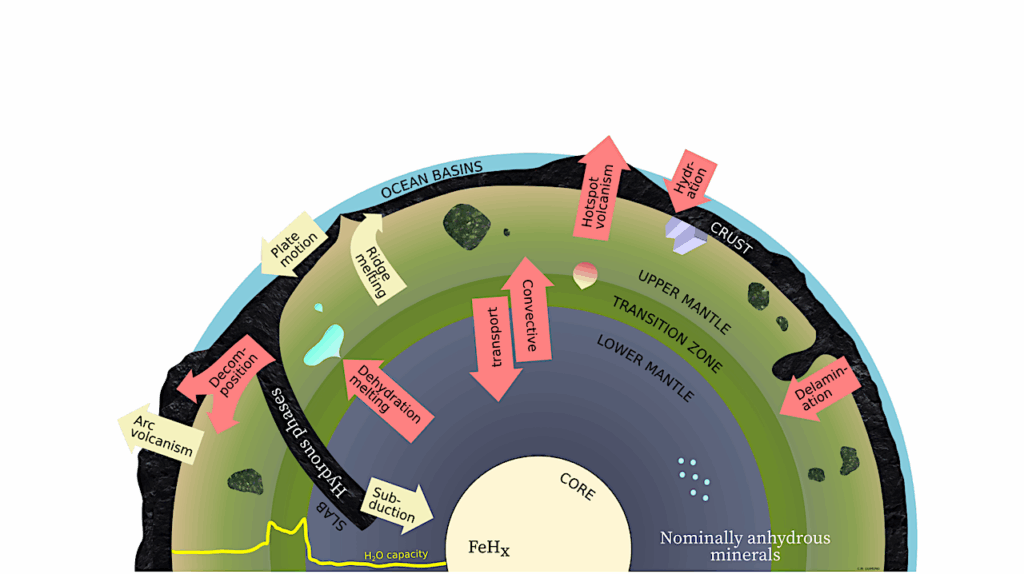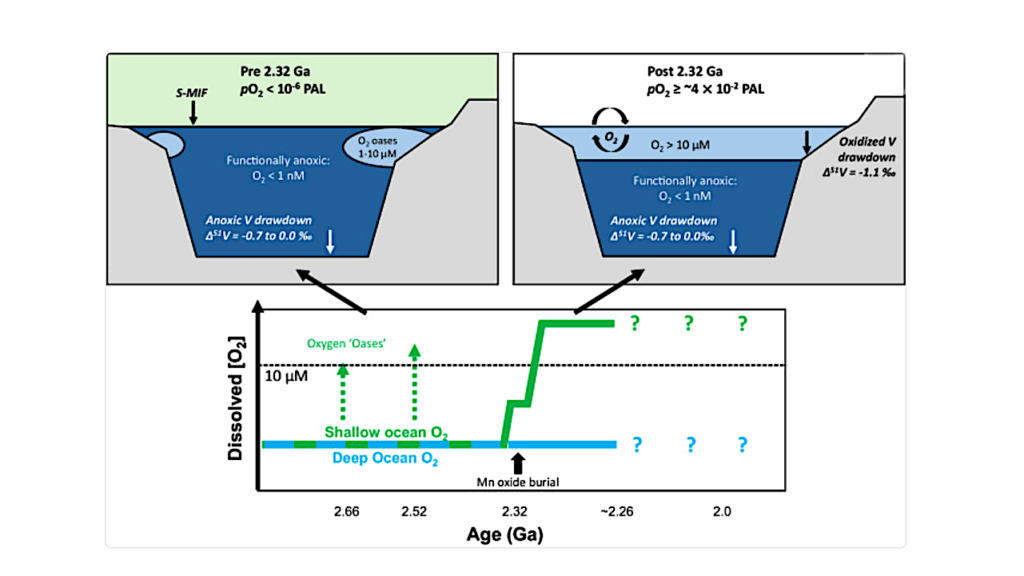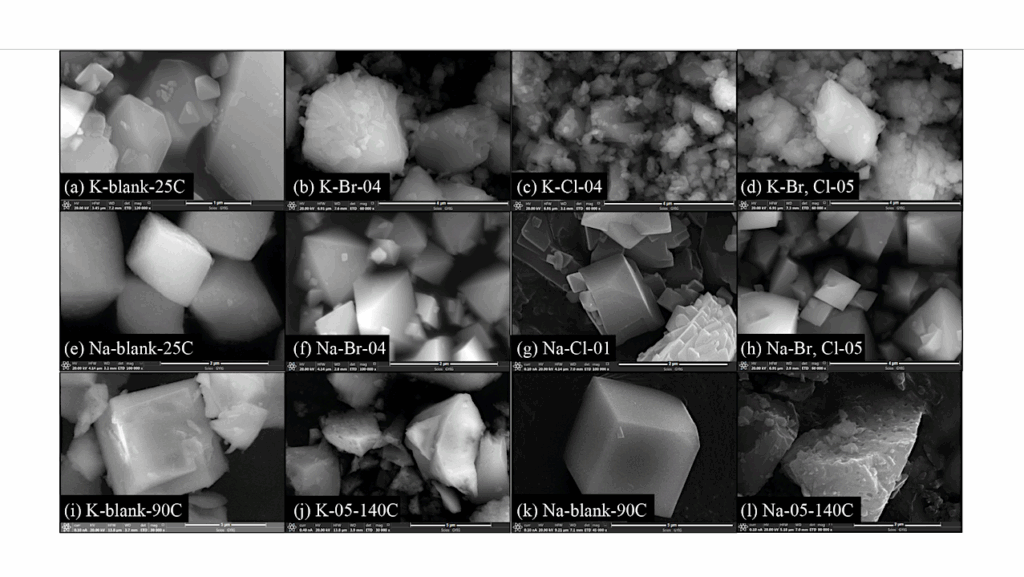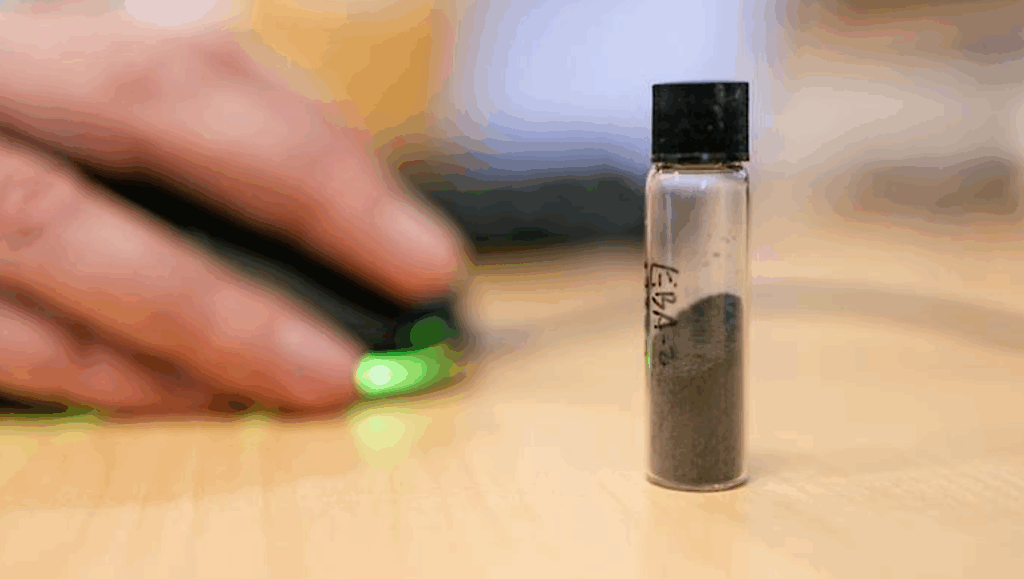Habitable Moons Orbiting Free-Flying Planets

Liquid water is one of the most important conditions for the emergence of life as we know it on earth. Researchers from the ORIGINS cluster from the fields of astrophysics, astrochemistry and biochemistry have now, for the first time in a novel, interdisciplinary collaboration, determined the necessary properties of moons around free-flying planets in order to store liquid water for a sufficiently long time and thus make life possible.
Liquid water is a crucial component for the emergence of life on earth. Although only one planet has been known to have formed on which life originated, the scientific community assumes that the occurrence of liquid water plays a central role in the chemical evolution that can lead to the development of life elsewhere. In and outside of our solar system, the habitable zone defines an annular region around the central star in which it is neither too hot nor too cold for liquid water on planets. Moons can also be habitable – even if they belong to planets beyond the habitable zone. To do this, however, they must have a heat source other than stellar heat, such as changing tidal forces.
Moons around free-flying planets can be habitable
The discovery of dozens of free-flying planets (FFPs) in our galaxy has changed understanding of the early evolution of planetary systems and theories of planet formation. These lonely wanderers were probably expelled from their planetary systems by dynamic instabilities and thus no longer have a parent star. However, if they have moons in tight orbits, they can gravitationally lock them to themselves. This works best for Jupiter-like planets with Earth-sized moons. This creates new, unexpected places where life could form.
In a previous study of liquid water on moons of starless planets , researchers from the ORIGINS cluster demonstrated that Earth-sized moons around Jupiter-like planets may actually have liquid water. The results suggested that the amount of water possible on the lunar surface is only a fraction of the total volume of all Earth’s oceans, but that’s still a hundred times the water content of Earth’s atmosphere. This amount is already enough to stimulate chemical processes that can lead to life. Local wet-dry cycles (evaporation and condensation) provide, as recently suggested by ORIGINS scientists in a study on the first steps of evolution demonstrated the necessary chemical complexity that could promote assembly of molecules and polymerization of RNA.
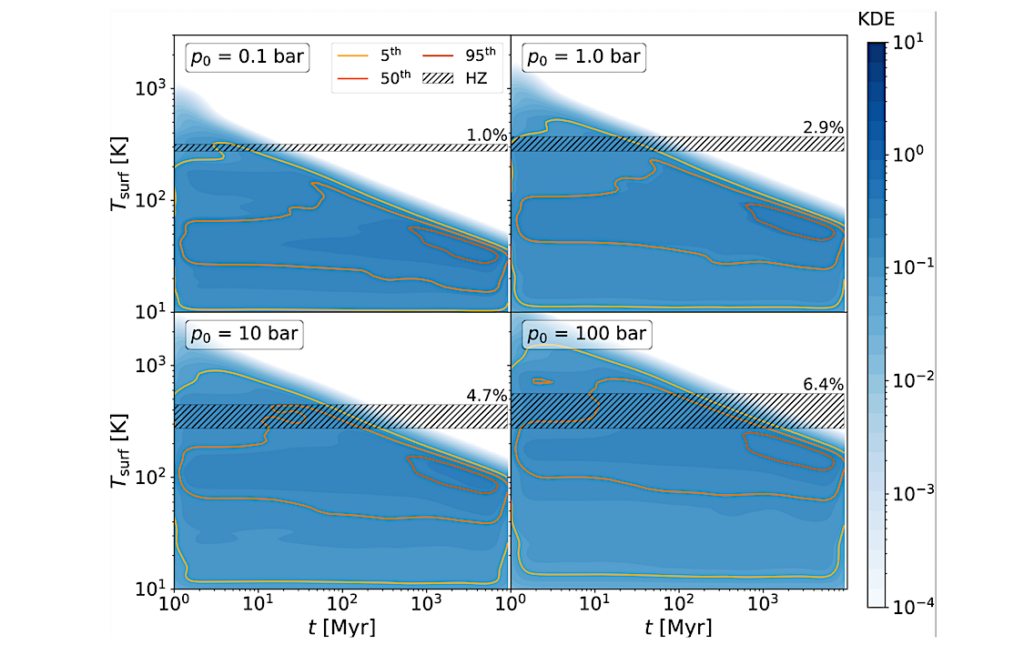
PDF, calculated as the KDE, to find a moon at a certain surface temperature as a function of time. Different panels show increasing surface pressures. The hatched area represents the HZ, and the contour lines show the 5th, 50th and 95th percentiles of the distributions. We note that the presence of more massive and substantial atmospheres increases the surface temperature of the moons and the number of moons inside the HZ. Increasing p 0 also increases the timescale spent in the HZ. Above the HZ areas, we report the probability for a moon orbiting an FFP to lie in the HZ during its lifetime. The normalization of the KDE is analogous to Fig. 4. — Origins Excellence Cluster — Origins Excellence Cluster
Astrophysics meets biochemistry
The orbit of exomonds around FFPs becomes less eccentric and more circular over time. This reduces tidal forces and consequently heating efficiency. In a unique collaboration, the doctoral student Giulia Roccetti (ESO, previously a master’s student at the LMU) under the guidance of the ORIGINS scientists, Prof. Barbara Ercolano (LMU, astrophysics), Dr. Karan Molaverdikhani (LMU), Dr. Tommaso Grassi (MPE, astrochemistry) and Prof. Dieter Braun (LMU, biochemistry) developed a new, realistic model that can calculate the development of lunar orbits over long periods of time. These are time scales of a few billion years, which are necessary for the development of life.
“In this way, we found that exomonds with small orbital radii not only have the best chance of surviving the ejection of their planet from its planetary system, but also remain eccentric for the longest period of time,” explains Giulia Roccetti. In addition, dense atmospheres favor the preservation of liquid water. Thus, in particular, Earth-sized moons with Venus-like atmospheres that are close to their planets are candidates for habitable worlds. (os)
Publication: Roccetti, Grassi, Ercolano, Molaverdikhani, Crida, Braun, Chiavassa (2023), Presence of liquid water during the evolution of exomoons orbiting ejected free-floating planets , International Journal of Astrobiology (open access)
Astrobiology


